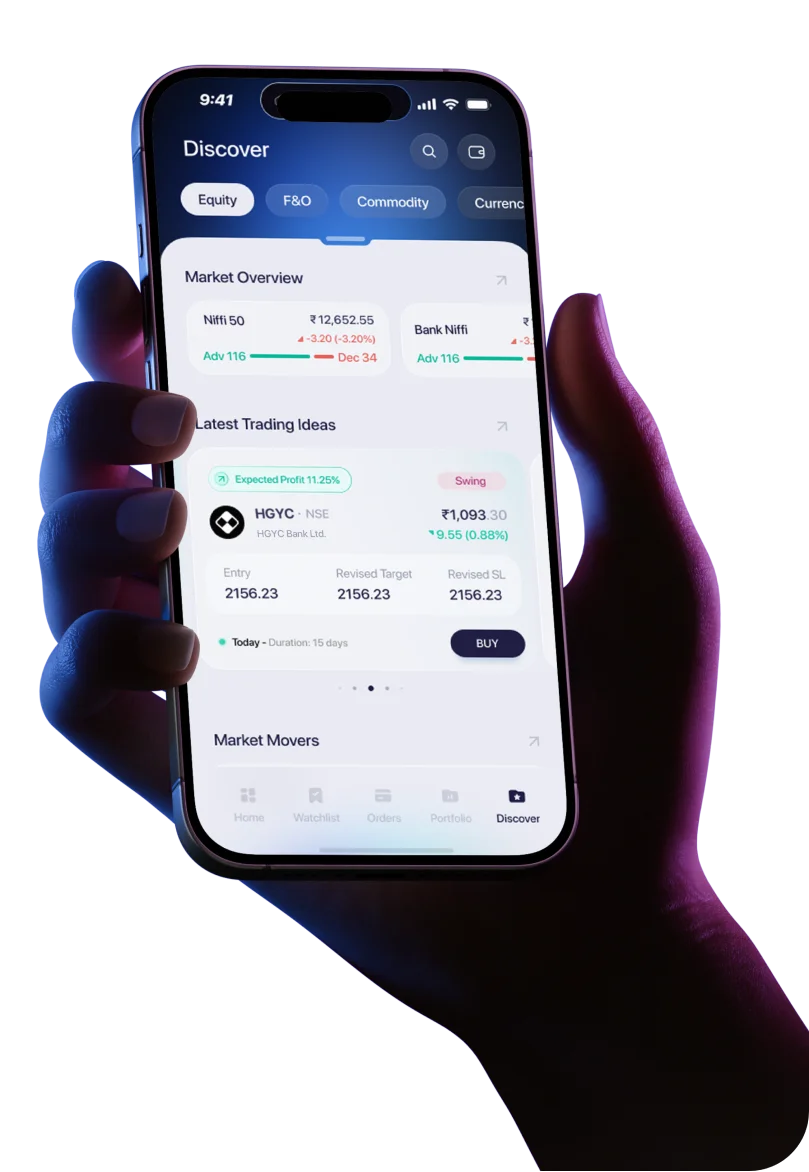Intraday trading — the art of buying and selling stocks within the same trading session — is one of the most exciting and fast-paced ways to participate in the market. Many beginners are drawn to it for the potential of earning quick profits, the ability to start with lower capital, and the thrill of spotting minute-by-minute price movements.
But as tempting as it sounds, intraday trading is not without risk. Without proper knowledge, discipline, and planning, losses can mount quickly. For beginners in India’s growing trading community, learning the right approach is key. This guide walks you through practical, real-world intraday trading tips designed specifically for newcomers.
What is Intraday Trading?
Intraday trading refers to buying and selling financial instruments — typically stocks, derivatives, or ETFs — within the same trading day. All positions are squared off before the market closes, which means you don’t carry any trades overnight.
Unlike delivery-based trading, intraday trading offers margin benefits. Brokers allow traders to use leverage, which means you can take positions larger than your actual capital. However, while this amplifies potential profits, it also increases the risk, making risk management absolutely essential.
Practical Tips for Intraday Trading Success
Starting out in intraday trading can be overwhelming, especially with the amount of advice floating around. But the basics never change — and they matter the most.
One of the first things beginners should do is focus only on highly liquid stocks. These stocks — typically from the Nifty 50 or other large-cap indices — have enough trading volume to let you enter and exit quickly without large price slippages. Thinly traded stocks can trap you and widen your losses.
Another important principle is to align with the trend. It’s far easier — and safer — to trade in the direction the market or stock is already moving. Trying to catch tops and bottoms or going against momentum is a recipe for losses, especially when you're just starting out.
Always enter a trade with clear entry and exit levels in mind. Decide your target and your stop-loss before clicking buy. Let’s say you’re buying a stock at ₹320 — you might set a target at ₹328 and a stop-loss at ₹315. This gives you a defined risk-reward framework and keeps you grounded when the trade starts moving.
Perhaps the most critical habit is the use of a strict stop-loss. No matter how confident you feel about a trade, market conditions can change in seconds. A stop-loss protects your capital from unexpected moves and keeps your losses small — which is essential for survival.
While it’s easy to get excited and place multiple trades, beginners should avoid overtrading. Limit yourself to one or two quality setups in a session. The goal is to make consistent, rational trades — not to be in the market all the time.
Avoid trading based on rumors or tips :
especially from social media or WhatsApp groups. These sources are rarely reliable and often misleading. Instead, learn how to read charts and use technical indicators to make decisions based on price action and volume.
Also, be mindful of when you trade. Many experts recommend avoiding the first 15–20 minutes after market open, as this period is often volatile and driven by overnight news reactions. Beginners may find clearer, more stable patterns a little later in the morning or early afternoon.
Keep yourself informed about macro news, results, and sector events. A stock might be forming a perfect breakout, but if it's a day before its earnings release or a major policy announcement, the setup can get derailed.
Learning to read and interpret technical indicators like RSI (Relative Strength Index), MACD (Moving Average Convergence Divergence), and VWAP (Volume Weighted Average Price) can give you a deeper understanding of momentum and possible entry zones. You don’t need to use every tool out there — start with two or three and master how they behave during different market conditions.
Before going live, consider backtesting your strategy or trying it in a paper trading account. Watching how your setup plays out in real time — without risking real money — can sharpen your instincts and help fine-tune your rules.
Just as important as strategy is the mindset. Emotional trading is one of the biggest reasons new traders lose money. Whether it’s fear after a losing trade or greed after a big win, emotions should never drive your decisions. Have a plan. Stick to it. Accept losses. Respect profits.
And finally, knowing when to exit is just as important as knowing when to enter. Not every trade will work out. Being able to cut a bad trade early — instead of holding on and hoping — will protect your capital and build your discipline.
Choosing the Right Time Frame
In intraday trading, time frames determine how you read the market. Most traders use candlestick charts and switch between different intervals.
- 5-minute charts offer quick, short-term signals and are useful for identifying breakouts or reversals in fast-moving stocks.
- 15-minute charts provide a more balanced view and are ideal for beginners who want to avoid the noise.
- 30-minute and hourly charts are better suited for identifying larger intraday trends and confirming key levels.
You might find yourself combining these — for example, using a 15-minute chart for entry signals while monitoring the hourly chart for broader direction.
Mistakes Beginners Should Avoid
Even with the best tips and intentions, certain mistakes can derail progress quickly.
A common error is buying impulsively during a breakout without confirmation — often triggered by FOMO (fear of missing out). It’s wiser to wait for a retest or follow-through before jumping in.
Holding intraday positions overnight is another trap. Sometimes, traders miss the square-off window or choose to “wait it out,” turning a trade into a risk they never intended to take.
Chasing losses is equally dangerous. One bad trade doesn’t need to be fixed with another. Take a pause, analyze what went wrong, and come back with clarity.
Using excessive leverage without a solid risk plan is another frequent pitfall. While margin can increase your exposure, it also magnifies losses if used without discipline.
And finally, beginners often forget about transaction costs and slippage. Overtrading or entering illiquid counters can silently erode profits — even when the trades are “right” directionally.
Final Thoughts
Intraday trading is as much about managing risk as it is about spotting opportunity. While the idea of earning profits every day is exciting, the journey requires patience, learning, and a strong grip over emotions.
If you’re a beginner, start slow. Trade small. Track every trade. Learn from both wins and losses. And remember — consistency and discipline matter more than any single profitable day.
The markets will reward those who prepare, manage risk, and respect the process. Let your strategy evolve with time — and never stop learning.



 Easy & quick
Easy & quick
Leave A Comment?